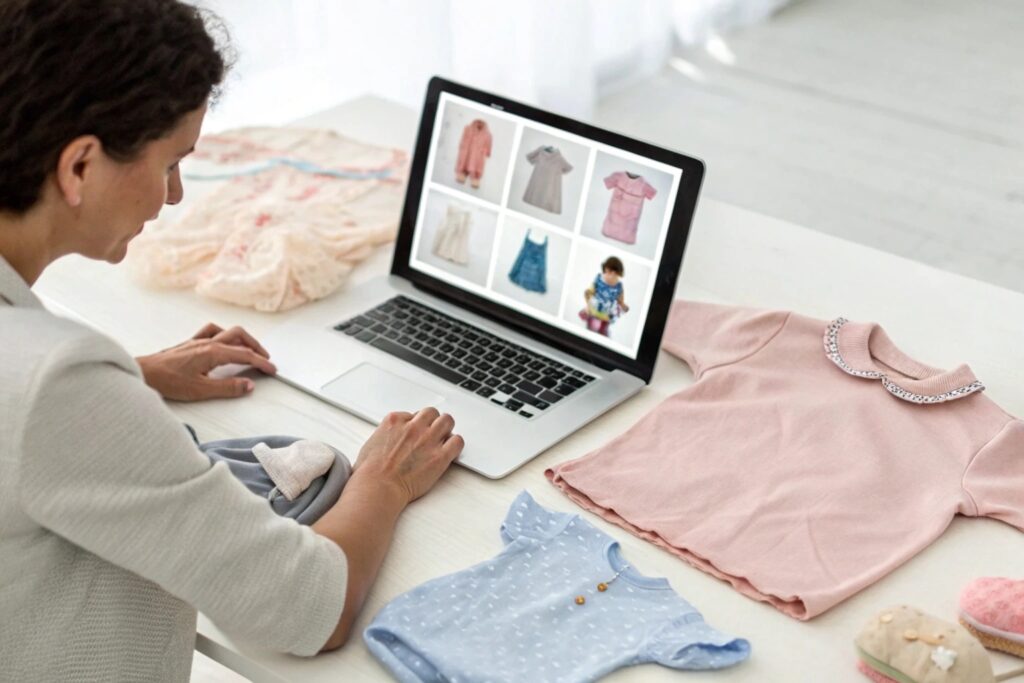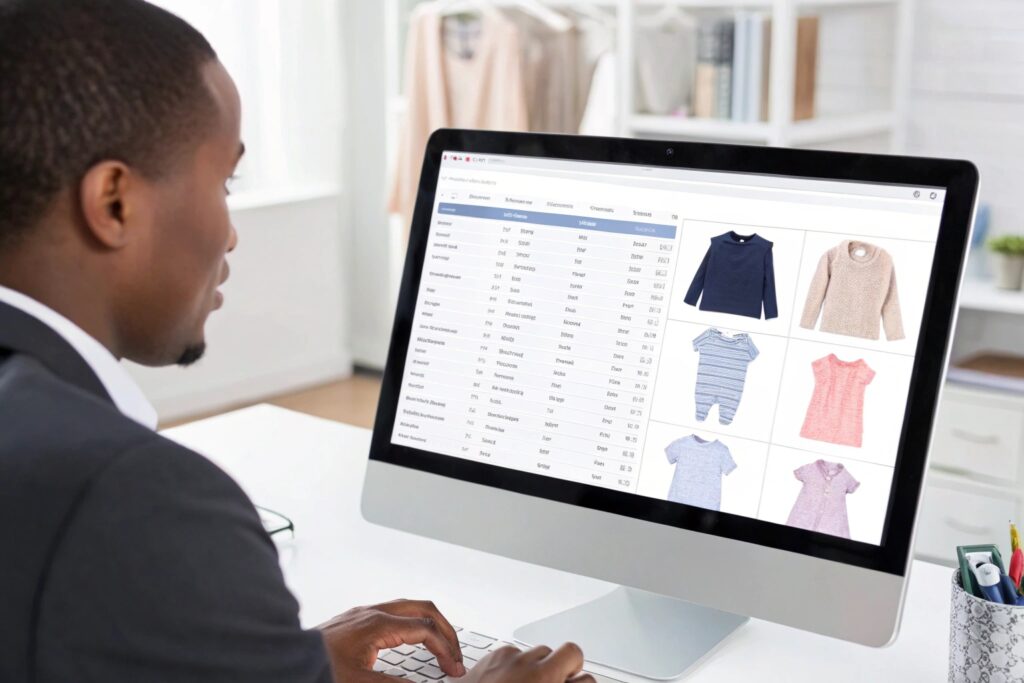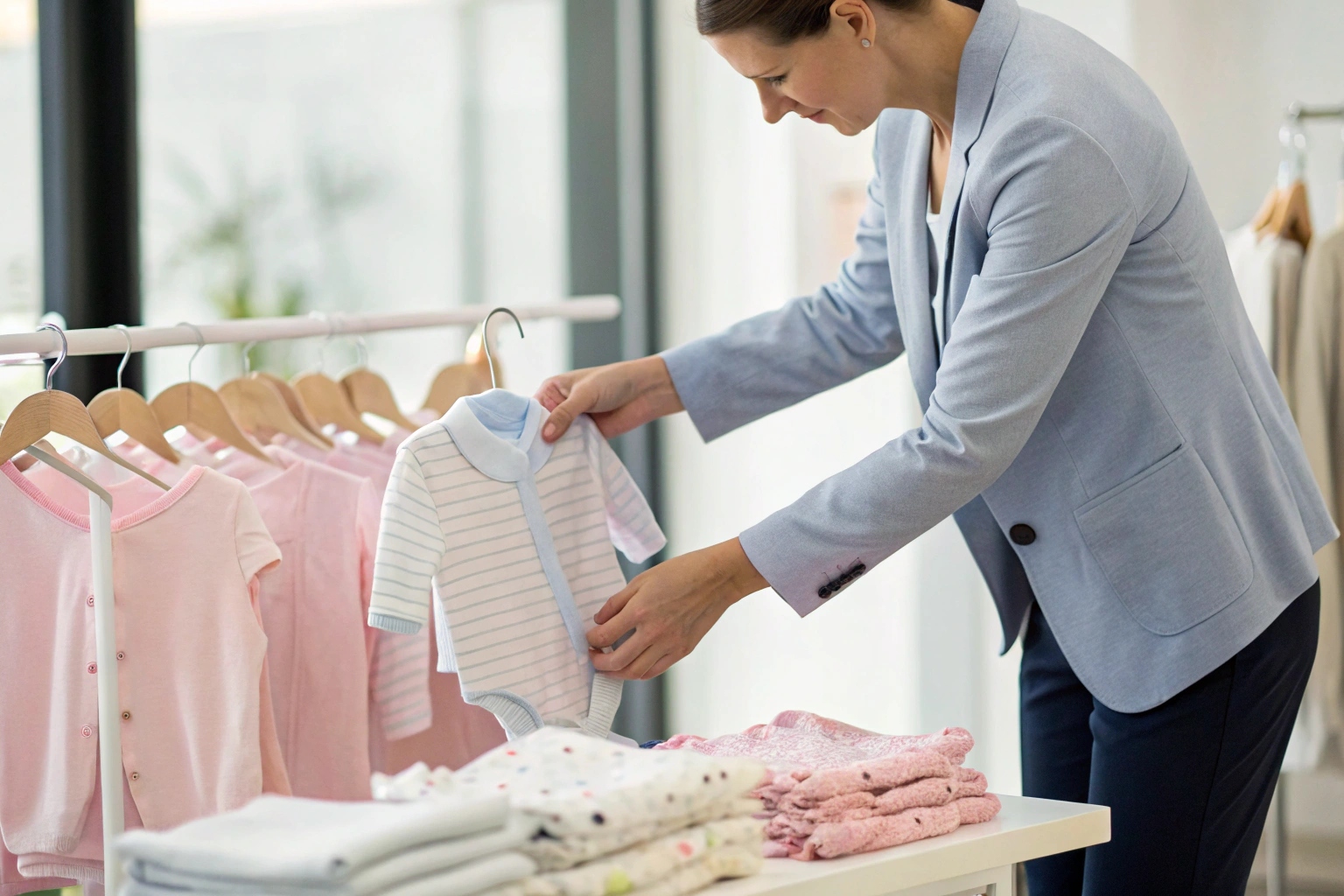You’ve built your baby clothing collection—now it’s time to sell beyond borders. But finding reliable overseas clients is not just about showing up online. It takes the right platforms, the right message, and the right mindset.
To find overseas clients for baby clothing, use B2B platforms, tailor your pitch, connect with importers and distributors, and build long-term trust through transparency and follow-up.
Here’s how I’ve helped babywear brands grow from local to global—step by step.
What Platforms Help You Reach Global Babywear Buyers?
Most international clients don’t walk into your inbox by accident. You have to show up where they’re already searching, sourcing, or networking.
The best platforms for finding overseas buyers include B2B marketplaces, trade shows, sourcing websites, and business-focused social media.

Which platforms are worth using for baby clothing exports?
Here are the ones I recommend:
| Platform | Best For | Key Features |
|---|---|---|
| Alibaba | Global buyers searching daily | Verified supplier status, RFQs |
| GlobalSources | Large-volume buyers & custom orders | Focus on quality and compliance |
| Tradeshows (online + in-person) | Direct brand-buyer matching | Live demos, sample display |
| Reaching company buyers directly | Ideal for pitching to CEOs, buyers | |
| Facebook & WhatsApp Groups | Private buyer/seller networks | Useful for connecting with importers |
For babywear specifically, I also monitor:
- Playtime Paris / Tokyo / Shanghai
- Kind + Jugend (Europe)
- CBME (China)
These attract babywear retailers, wholesalers, and brands looking for OEM/ODM partners.
Should I focus only on English-speaking markets?
Start with them if your communication skills are strongest. The US, UK, Canada, and Australia are reliable, but Europe and the Middle East also import heavily—especially for high-quality or certified organic babywear.
How to Pitch Your Baby Clothing Brand to Overseas Clients?
Once you’ve found potential leads, your pitch needs to do more than say “We’re a baby clothing factory.” It needs to show why they should choose you.
To pitch your babywear brand, keep your message short, clear, and focused on the buyer’s needs—quality, safety, price, MOQ, and delivery.

What should I include in my first email or message?
Here’s a template I use with great results:
Subject: Babywear Manufacturer — OEKO-TEX, Small MOQ, Fast Delivery
Hello [Client Name],
We’re a baby clothing manufacturer from China with 10+ years of export experience. We specialize in soft organic cotton onesies, rompers, and newborn gift sets.
✅ GOTS / OEKO-TEX certified fabrics
✅ Small MOQ starting from 300 pcs/style
✅ Custom printing & private labeling available
✅ Fast delivery to Europe and USAAre you currently sourcing for your brand or store? I’d love to share our catalog and sample options.
I also attach a PDF catalog with real product photos, sizes, fabric specs, and MOQ.
What mistakes should I avoid in a pitch?
- Overpromising (“We can do everything at the lowest price!”)
- Too much text (buyers don’t read long blocks)
- Poor English or formatting
- Sending generic messages to everyone
Tailoring your message increases your reply rate by 3–5x.
Where to Find Importers and Distributors for Babywear?
Not every client is a brand owner. Many overseas sales happen through importers, agents, or distributors. These partners often buy larger volumes—and handle retail connections.
To find babywear importers, check sourcing sites, industry directories, online trade listings, and B2B buyer groups.

Where do these distributors usually operate?
Top countries for babywear imports include:
- USA & Canada
- UK, Germany, France, Netherlands
- UAE, Saudi Arabia
- South Africa, Nigeria
- Australia & New Zealand
To find contacts, use:
- Import export directories (e.g., Kompass, Yellow Pages Global)
- Exhibitor lists from kidswear trade shows
- Search queries like:
“babywear importer in Germany”
“children’s clothing wholesaler USA”
You can also search on LinkedIn using filters like:
- “Children’s Clothing Buyer”
- “Import Manager”
- “Babywear Distributor”
What information should I prepare before contacting them?
- Line sheet or product catalog (PDF format)
- Company profile
- MOQ, pricing tiers, lead time
- Certifications (OEKO-TEX, GOTS, BSCI, etc.)
- Sample availability
Distributors want reliable partners with clear answers.
Tips to Build Trust with International Buyers?
Clients don’t just buy from factories—they buy from people they trust. And trust is built slowly, through clear communication, honest delivery, and consistent quality.
To build trust, respond quickly, share real samples, be upfront about timelines, and prove your reliability with certifications and testimonials.

What helps you stand out from other babywear suppliers?
Here’s what I’ve seen work over and over:
- Reply within 24 hours—speed shows professionalism
- Use video calls or voice messages to build connection
- Send photos/videos of your production line or fabric swatches
- Offer real samples (even at your cost) to serious buyers
- Share client testimonials or photos of past shipments
Even a short video saying, “Hi John, here’s your sample packed and ready to ship” builds confidence.
What should I never do when dealing with international clients?
- Ignore messages for days
- Lie about delivery time or MOQ
- Use fake certifications or overpromise quality
- Send poor packaging or incomplete orders
One bad experience ruins your reputation. One good experience creates a loyal, long-term buyer.
Conclusion
Finding an overseas client for babywear isn’t just about luck—it’s about showing up on the right platforms, pitching smart, offering value, and proving you’re trustworthy. When done right, international babywear sales become not only possible—but sustainable.










